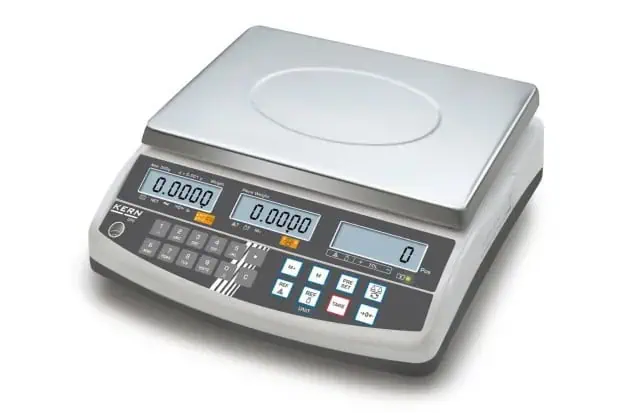The process of converting units of measurement is an essential one across all manner of engineering disciplines, ranging from civil and process engineering to mechanical and aerospace engineering.
Those units can encompass measurements of mass, such as kilograms or pounds, as well as measurements of weight, like newtons and pounds-force.
Knowing how to carry out unit conversions accurately can help you ensure precision across your engineering projects, and therefore the highest standards of design, safety, and compliance. By contrast, getting even just one unit conversion wrong can bring about cascading problems for your project, such as miscalculated payloads or structural failures.
So, in this article, we will seek to explain various key aspects of unit conversions that will help you achieve the utmost accuracy, every time – particularly in relation to weight and mass.
What Is the Distinction Between Weight and Mass, anyway?
In day-to-day life, many of us are accustomed to hearing the terms “weight” and “mass” used interchangeably, as if they refer to the exact same thing.
In truth, these two concepts are related to each other, with both measurements describing heaviness. However, they differ in that:
- Mass measures the amount of matter in an object. It relates, then, to what type of atoms the given object consists of, and the number of atoms in the object. Kilograms (kg) are the traditional unit of measurement for mass.
- Weight measures the gravitational force on an object. This doesn’t only depend on the mass of the given object, but also its location. In effect, then, weight is a measure of force. In physics, weight is measured in Newtons (N).
How, Then, Can You Calculate the Weight of An Object?
As set out by the BBC Bitesize website, the weight of an object can be calculated using the equation W = m x g, where those letters refer to weight (N), mass (kg), and gravitational field strength (N/kg) respectively.
With the Earth’s gravitational field strength being 10 N/kg, this would equate to a 1kg mass being attracted to Earth by a force of 10 N.
Manual vs Digital Unit Conversions: When Should You Use One Approach or The Other?
There is, of course, a multitude of different unit conversions that may need to be made by engineers working on projects, with the distinctions between imperial and metric systems often further complicating matters.
When there is a particular conversion that you need to make for a project you are working on – for example, from ounces (oz) to pounds (lb), or from kilograms (kg) to grams (g) – you could just look up the relevant multiplier online. For example, the multiplier for the aforementioned ounces-to-pounds conversion is 0.0625.
However, it is also advisable to avoid depending solely on manual unit conversion methods. After all, there can be considerable scope for human error to creep in when many different conversions are performed over the course of a project.
So, you may have good reason to seek out reputable digital tools for performing these conversions quickly. Using such tools will enable you to cross-check the results with those of your manual calculations, to help confirm their accuracy.
RS Online, a provider of electrical components and industrial solutions, is one website that provides an excellent weight conversion calculator for engineers and technicians. Various other such tools can be found online.
Make Sure You’re Well-Placed to Succeed with Your Next Engineering Project
There can be plenty of potential for confusion and mistakes to occur when it comes to weight and mass conversions, which is precisely why the use of both digital and manual methods can be worthwhile.
When you combine such approaches with an understanding of the specific context of the project you are working on, and careful verification of the results, you can go a long way to ensuring the best possible performance, safety, and efficiency in the final product.
Article and permission to publish here provided by Rhodes Telfer. Originally written for Supply Chain Game Changer and published on June 11, 2025.
Cover image provided by RS-Online.com.

